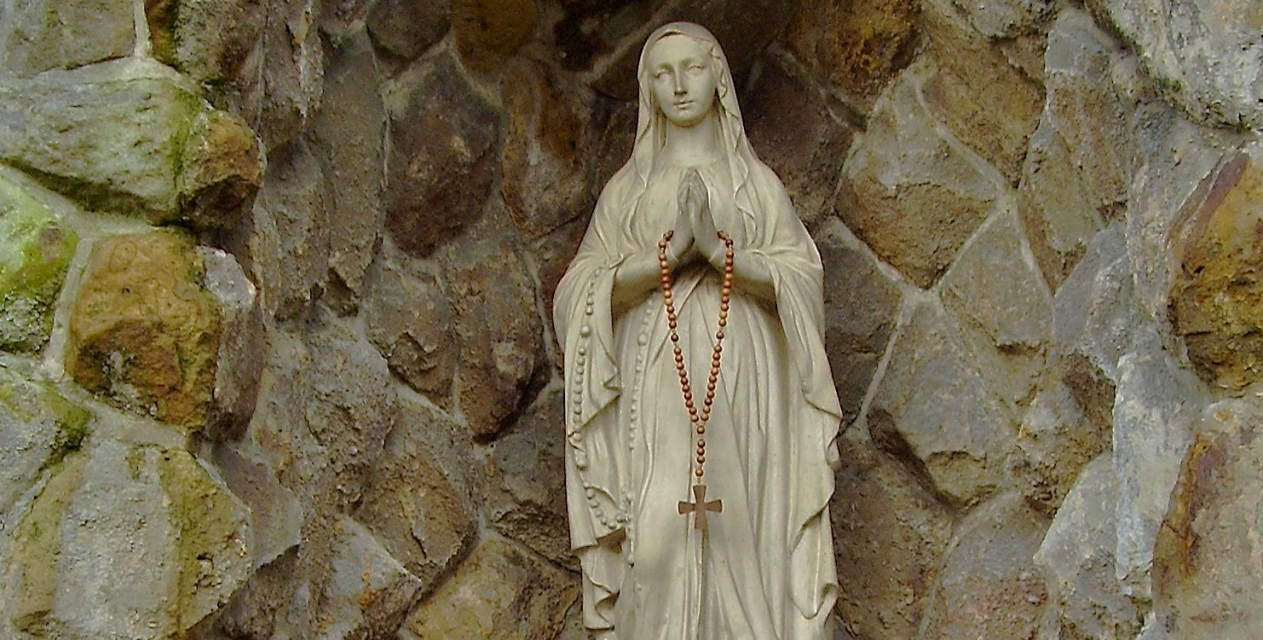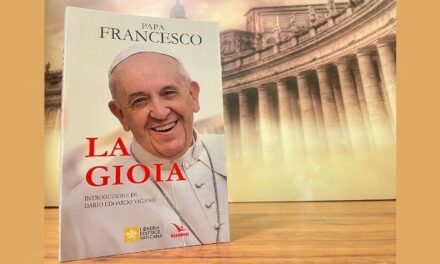This feast of Mary is especially dear to our people.
Today is the feast of the holy name of the Virgin Mary, also revered as the Queen of Heaven, which the Christian world has honored in a special way since the Turkish armies led by Grand Vizier Kara Mustafa besieging Vienna were defeated on this day in 1683.
In commemoration of the victory, the feast of Mary's name was made obligatory for the entire church in XI. Pope Ince.
It is not uncommon for the people of the time to attribute a decisive battle or a major victory to the help of the heavens during the period of the Turkish wars. Just think of the victory in Nándorfehérvár in 1456, after which III. Pope Callixtus ordered that the transfiguration of Our Lord should be celebrated on the day of the victory, or let's think of the naval victory in Lepanto over the Turks in 1571, after which Pope St. Pius V introduced the Queen of the Rosary holiday.
Today's feast of the name of the Virgin Mary also fits into this line.
This feast of Mary is particularly dear to our people if only because the Christian armies, after defeating the Turkish army besieging Vienna on this day in 1683, immediately set about liberating our country from the 150-year-old Turkish rabiga.
Over time, Hungarians viewed these two things, i.e. the brilliant victory won near Vienna on Mary's Day and the subsequent liberation of our country, in unity, and attributed it to the heavenly intercession of Mary, revered as our patron saint, or Patrona Hungariae. In commemoration of the victory, he made it a mandatory holiday for the entire church in XI. Pope Ince.
Despite the fact that the Bible writes about Mary quite sparingly, her person is still of prime importance to Hungarians, even since the time of St. Stephen. Before his death, our first king offered his kingdom to the mother of Jesus in a ceremony that can be said to be valid in the sense of public law. Since then, Hungary has been referred to as the country of Mary, that is, as Regnum Marianum, which is looked after by our patron saint.
This is what the words of our old hymn, also in the manuscript collection of Deák-Szentes from 1774, refer to: "Our blessed mother, our old great patron."
The name Mary appears in the form of Miriam already in the Old Testament, namely in the story of Moses. Meaning: Beloved by God.
The church fathers, that is, the Christian theologians who exerted a prominent influence on the development of dogma in the ancient and early Middle Ages, already spoke of Mary as the new Eve, who fights alongside Jesus, referred to as the new Adam, to erase the sin inflicted on humanity by the old Adam and Eve.
In this sense, Mary was mentioned as a co-redeemer, who can crush the head of the serpent representing Satan not by her own strength, but by the grace of her son.
Her theological reverence is based on the Gospels of Matthew and Luke, which describe her as a virgin chosen by God to give birth to and raise Jesus, conceived by the Holy Spirit.
His respect has been unbroken since the second century, that is, from the earliest times. In 431, the Council of Ephesus made it a dogma that Mary is the mother of God. The Apostles' Creed teaches that "I believe in one God, the Father almighty, Creator of heaven and earth, and in Jesus Christ, His only begotten Son, our Lord, who was conceived by the Holy Spirit, born of the Virgin Mary."
However, despite its ancient history, the dogma of the Immaculate Conception was born rather late, only in 1854. On December 8, it was announced with these words by IX. Pope Piusz: "We declare, confirm and regard as a divine revelation the teaching that from the first moment of her conception, the Blessed Virgin Mary was preserved unharmed from the taint of original sin by the special grace and protection of Almighty God, by virtue of the merits of the Savior of mankind, Jesus Christ."
One hundred years later, in 1950, XII. Pope Piusz raised the doctrine of Mary's Assumption to the rank of dogma in the bull of Fulgens Corona, whose feast day is August 15, the day of the Assumption of the Blessed Virgin Mary.
According to this, at the end of her earthly life, Mary ascended to heaven bodily. It is not known when this happened, because the Bible is silent about his old age and death, only the sacred traditions and some apocryphal writings tell about it. However, in addition to Rome, the Orthodox and the Copts profess his ascension as a dogma. With the heavenly income, the II. The Vatican Council also dealt with it and affirmed: "The Immaculate Virgin, who preserved me from every stain of original sin, at the end of her earthly life was assumed in body and soul into heavenly glory" (Lumen gentium 59).
XII. Pope Piusz proclaimed the Year of Mary in 1954 with the following prayer: "Oh, you who defeated evil and death, pour into us a deep abhorrence of all sins that make the soul disgusting before God. Change the souls of those who do evil! Extinguish the hate! Soften hard morals! Preserve our youth for the flowers of purity! May all people perceive the beauty of the divine virtues!"
We also honor the Virgin Mary as the Queen of Heaven, since Jesus raised his mother by his side when he entered this world through his body to redeem it. As a foreshadowing of this story, the Old Testament tells about King Solomon, perhaps the greatest ruler of the Jews, that he sat his mother next to him on his throne: "Bathsheba went to King Solomon to speak with him on behalf of Adonijah. He went before the king, bowed before him, then sat on his throne and placed a chair for his mother, who sat on his right" (1 Ki. 2, 19).
Mary has been honored by the Christian world for two millennia. Perhaps Sándor Sík expressed this feeling in the most beautiful way, when he greeted him in his poem Üdvözlégy:
"How could I have any other word for you
in the First, than praise!
Let me say it a hundred and fifty times, happily:
Hail Mary! Hail Queen!”













